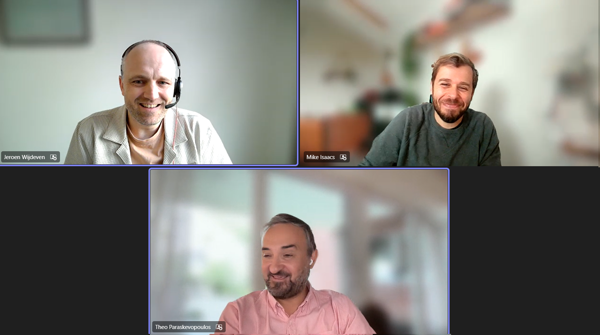You have probably heard of Headless CMS by now. But does it really fill a gap in the over-crowded CMS sector?
Most digital professionals would have heard of “Headless CMS” by now. Also known as "Decoupled CMS”, these systems focus exclusively on content creation tools and do away with the publishing layer (the “head”). Instead, developers can connect to APIs to build websites and applications using their programming language or toolkit of choice.

These systems are springing up everywhere - from newcomers like Prismic and Graph to branch-outs of established CMSs like Kentico Headless. It was the subject of a talk in CodeGarden 2017 and was the first question fired to the presenter in a recent Episerver prospecting demo.
But is it a thing or a fad? Should you, as a digital marketer, project manager or developer care? What purpose do Headless CMSs serve in the over-crowded and over-stretched Content Management product sector?
A distraction?
The twin but opposing challenges of AI and GDPR have already started to redefine the industry. As the unstoppable force of AI meets the immovable object of data protection, everyone - brands, agencies, vendors - need to work hard to stay afloat. At such times, spinning out a product subcategory that addresses neither of these challenges feels like a bit of a distraction.
A new generation?
Most major CMSs were first released over 10 years old (Umbraco debuted in 2003 and Episerver in 2002), against a vastly different technological landscape. Headless CMS Cloud-first and API-driven architectures depend on relatively recent technologies. Although appropriating these architectures is a little far-fetched, they represent the legacy-free tech zeitgeist.
A trojan horse?
To be honest, the benefit of decoupling CMS server and UX is not really a big deal. Virtually all CMSs can "run headless”, delivering their content via APIs - it took me less than a day to create such a feature for the CodeGarden 2014 mobile app. Content Management is a mature product category, and I can’t help but feel that the “headless” label is a trojan horse for new entrants to gain traction in a busy marketplace.
A challenge?
CMS is dominated by fully-integrated systems, targeting organisations tired of integrating systems. This risks an overall drop in quality, as features are prioritised over stability. The decoupling strategy of Headless CMSs challenges this mentality, by proposing a “best system for each task” architecture and keeping vendors on their toes with regards to product development.
Keep your head
Some of the attention is fluff: a new generation of systems that try to gain market share by solving a non-problem. However, Headless CMSs represent a genuine challenge to the established systems, some of which are guilty of piling up new features faster than clearing out legacy code, becoming bloated and cumbersome to use.
So yes, you should care about Headless, and even evaluate a system or two. However, I find the architecture too simplistic for most real-life applications, so I will continue to observe from a safe distance until they focus their energy on addressing one of the real challenges of the industry.
Need help navigating the world of CMS? Drop us a line.
Originally published on 13th November 2017, this post has been updated removing legacy links.





